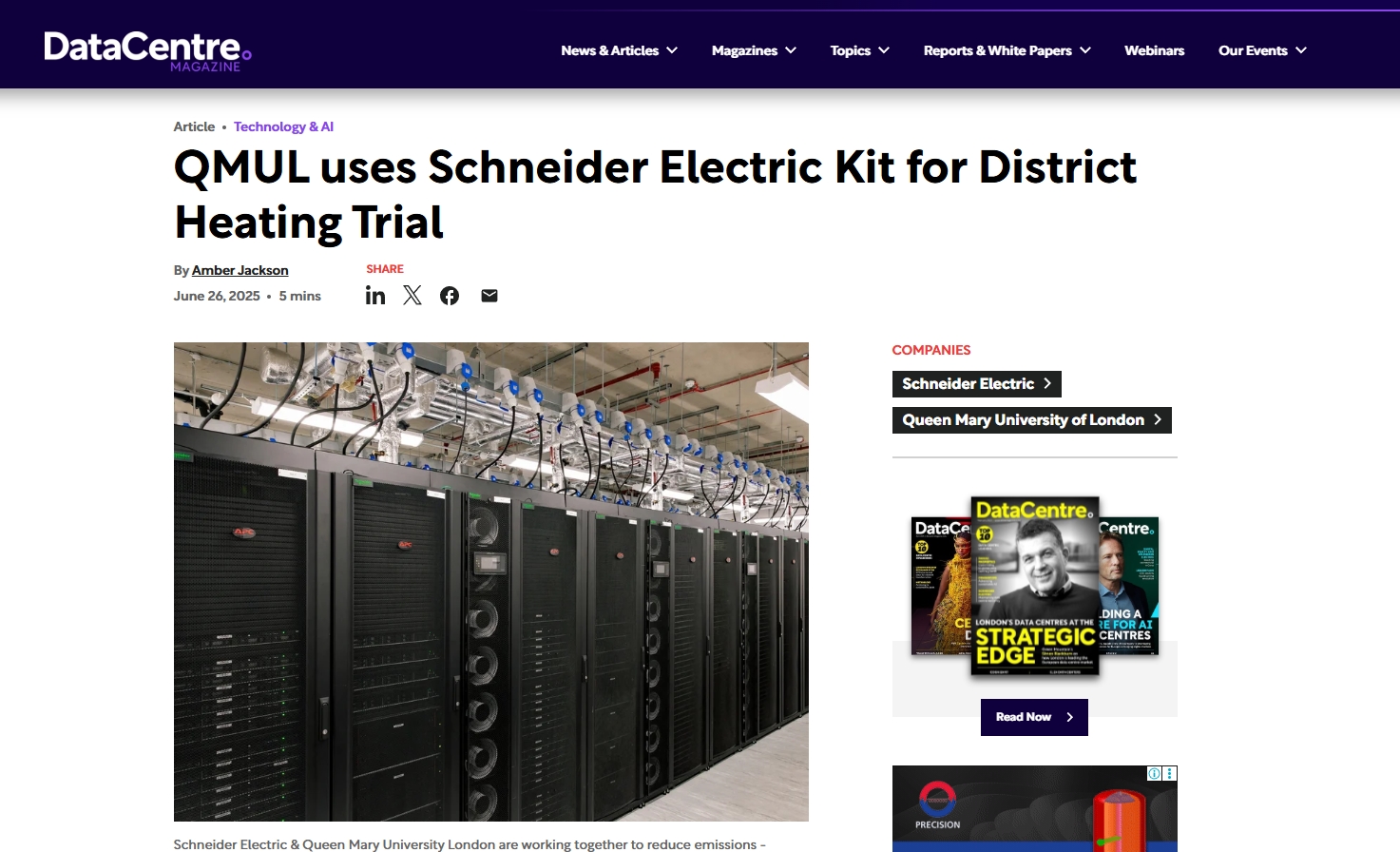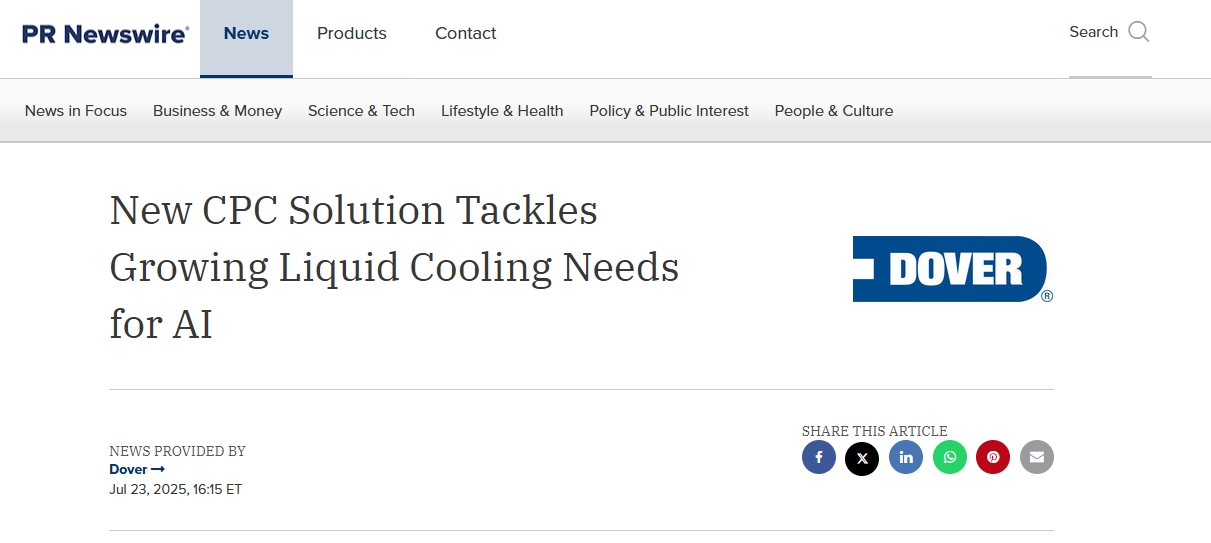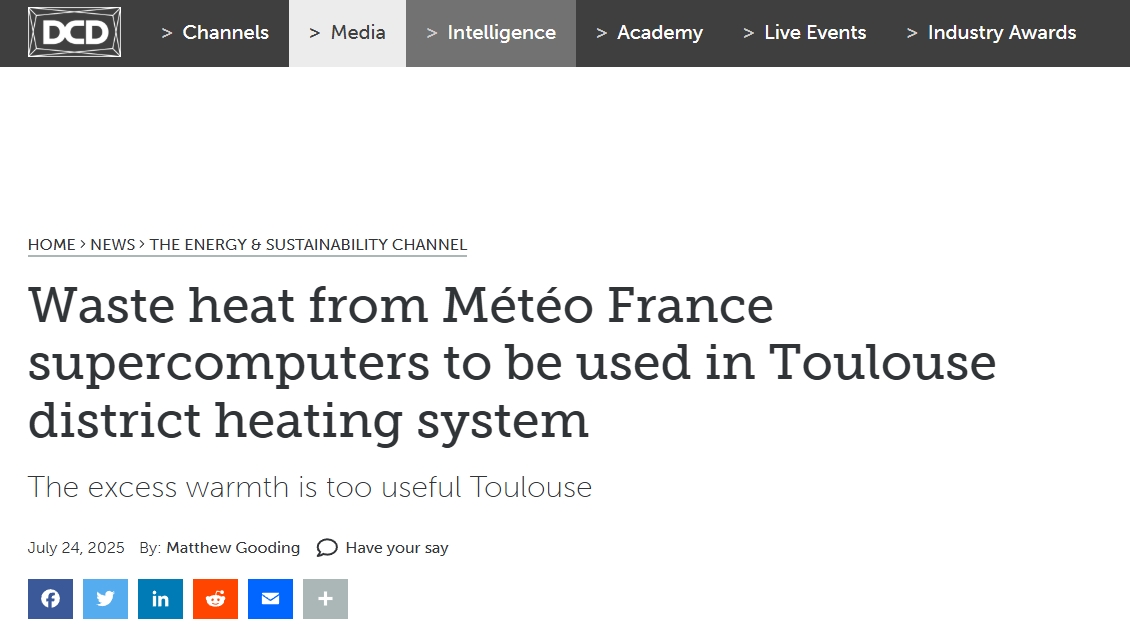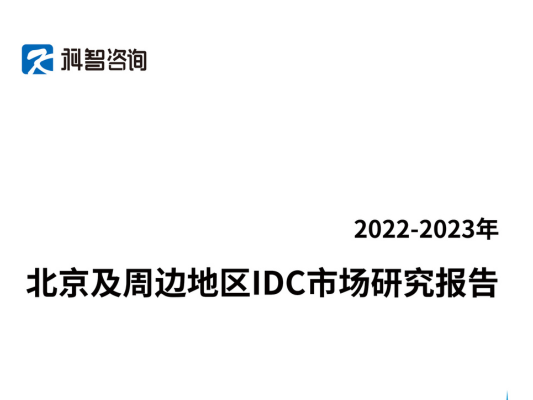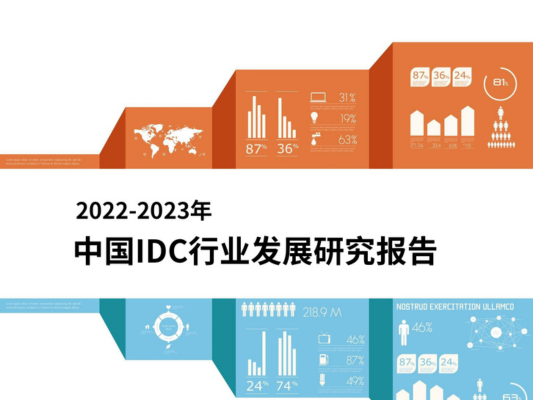Queen Mary University of London channels data centre waste heat to campus buildings through EcoStruxure deployment with Advanced Power Technology (APT)
Queen Mary University of London (QMUL) is deploying a district heating system that captures waste heat from its data centre to provide heating and hot water across campus buildings and student accommodation.
The project, delivered through a partnership between Schneider Electric and Advanced Power Technology, aims to reduce the university's Scope 1 CO₂ emissions whilst addressing reliability issues with legacy infrastructure.
The university’s data centre supports research including participation in the Grid for Particle Physics project, which analyses data from experiments at CERN’s Large Hadron Collider. Previous data centre configurations experienced reliability problems, scalability constraints and cooling inefficiencies that led to operational disruptions and higher energy consumption.
Schneider Electric EcoStruxure confronts infrastructure challenges
The modernisation centred on Schneider Electric’s EcoStruxure Row Data Centre solution, which integrates racks, power, cooling and management systems.
Advanced Power Technology, operating as Schneider Electric’s EcoXpert Partner, managed the deployment of APC NetShelter Racks, APC NetBotz environmental monitoring, InRow cooling units and EcoStruxure Data Centre Expert software.
“The project at Queen Mary demonstrates how digital infrastructure can be a catalyst for net zero, allowing today's organisations to benefit from the power of advanced computing,” says Mark Yeeles, Vice President, Secure Power division at Schneider Electric UK & Ireland.
“By combining innovative engineering with sustainable data centre solutions, the university has developed an enhanced infrastructure platform that will meet its research computing requirements, while supporting its sustainability strategy.”
The deployment also hopes to provide real-time monitoring capabilities and operational visibility across the data centre infrastructure. Likewise, the integration enabled the heat recovery system that now channels thermal output to the district heating network serving university buildings.
Advanced Power Technology partnership delivers heat recovery capabilities
John Andrew, Technical Sales Manager at Advanced Power Technology, handled the technical implementation of the heat capture system alongside the core infrastructure deployment.
The approach addressed both the university’s immediate infrastructure requirements and longer-term sustainability objectives through the waste heat reuse mechanism.
“Schneider Electric’s EcoStruxure Data Centre solutions were essential to help Queen Mary bring together its power, cooling, racks and management systems and support the deployment of its high-density IT equipment needed for its research,” says John.
“This approach also created a platform to support its sustainability objectives via heat reuse, while enabling the University to act proactively and preventatively to intercept and remediate potential future issues.”
The heat recovery system captures thermal output that would otherwise require additional cooling capacity and energy consumption. The recovered heat now provides heating and hot water for campus buildings, reducing energy costs and carbon emissions from conventional heating systems.
Innovating to achieve net zero
Professor Jonathan Hays from Queen Mary University of London confirms the project has delivered operational improvements alongside the sustainability benefits. The new infrastructure aims to address the reliability issues that affected the previous data centre setup whilst providing enhanced monitoring and management capabilities.
“The support we've had from APT and Schneider Electric has been unparalleled,” says Jonathan. “Both companies came together to help us develop an exciting and innovative project which would enable us to provision for the future.
“The biggest impact is that we were able to deliver on what we promised while improving our sustainability.”
University reports reduced spending on heating and hot water through the heat recovery system. The district heating network now supplies multiple campus buildings and student accommodation facilities with thermal energy that would previously have been dissipated through conventional cooling systems.
Queen Mary University of London ranks among the world’s top 100 universities and maintains research commitments that require substantial computing infrastructure.
The project exemplifies how digital infrastructure, when designed with sustainability as a key focus, can deliver both operational excellence and significant environmental benefits. As demand for data processing continues to grow, such initiatives will be essential when it comes to shaping a greener, more sustainable digital future.
Jonathan explains: “The new data centre is more reliable and efficient than ever and through the heat recovery, we have significantly reduced our spending on heating and hot water, while gaining enhanced reputational benefits from taking a lead on sustainability within our data centre operations.”

